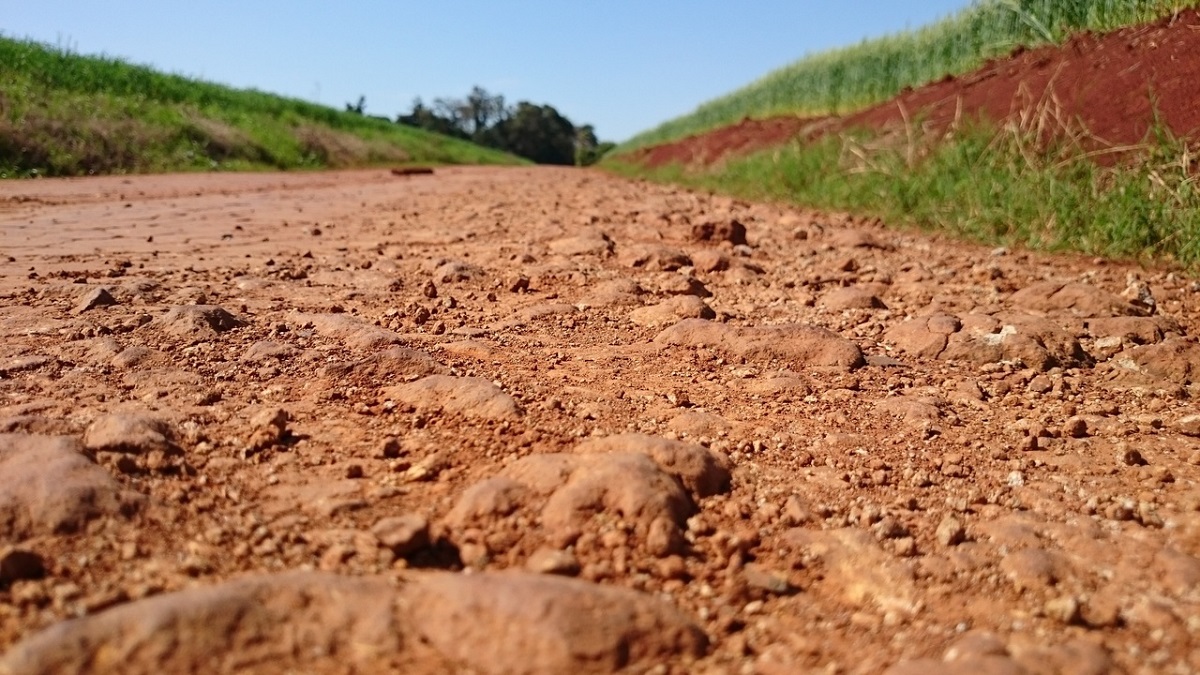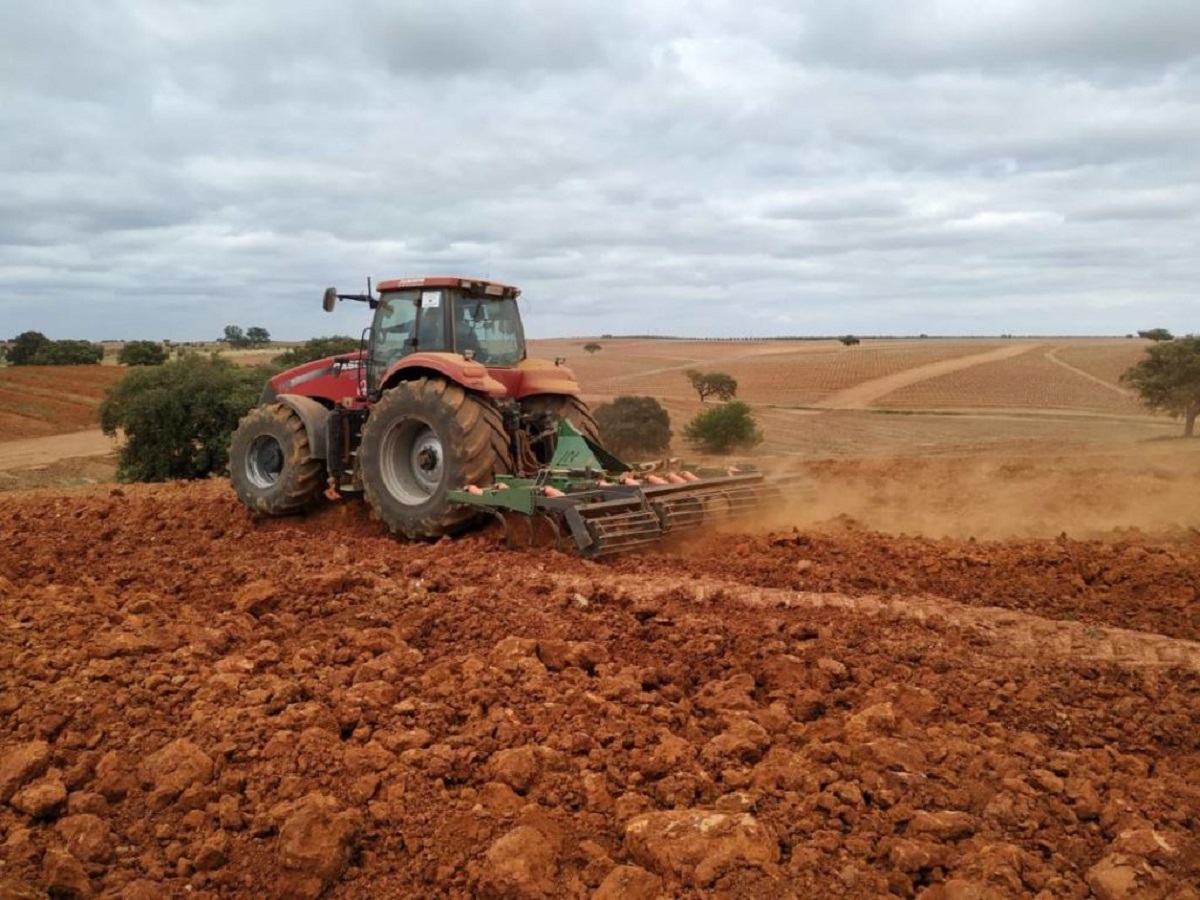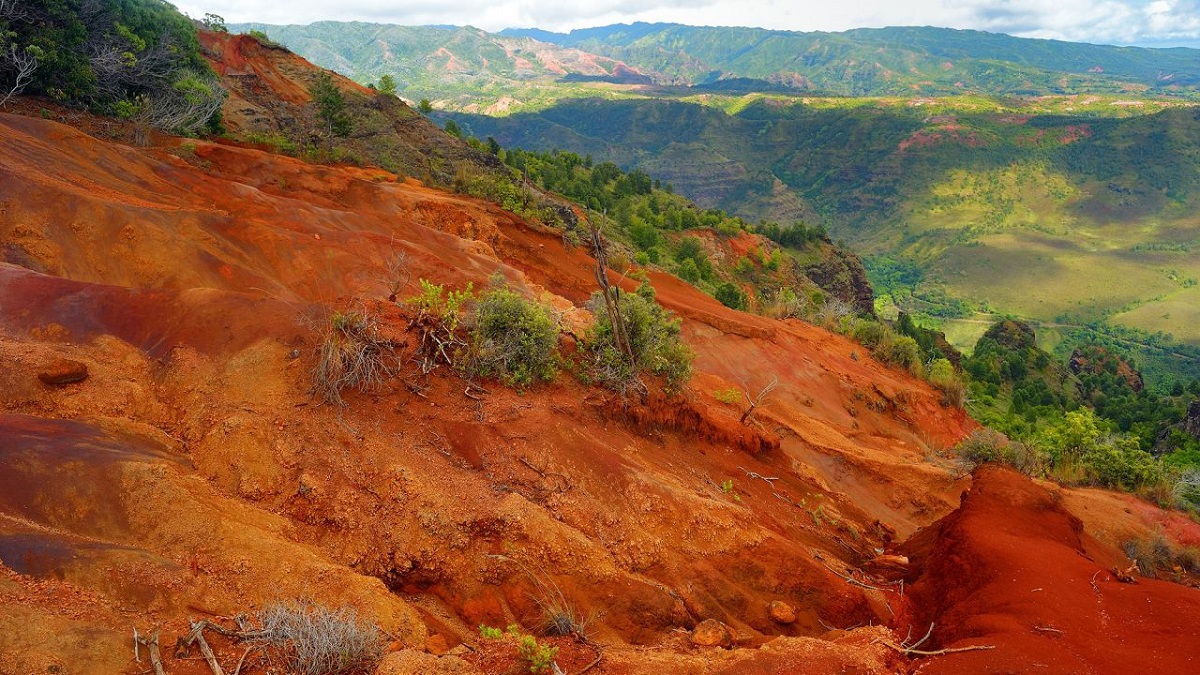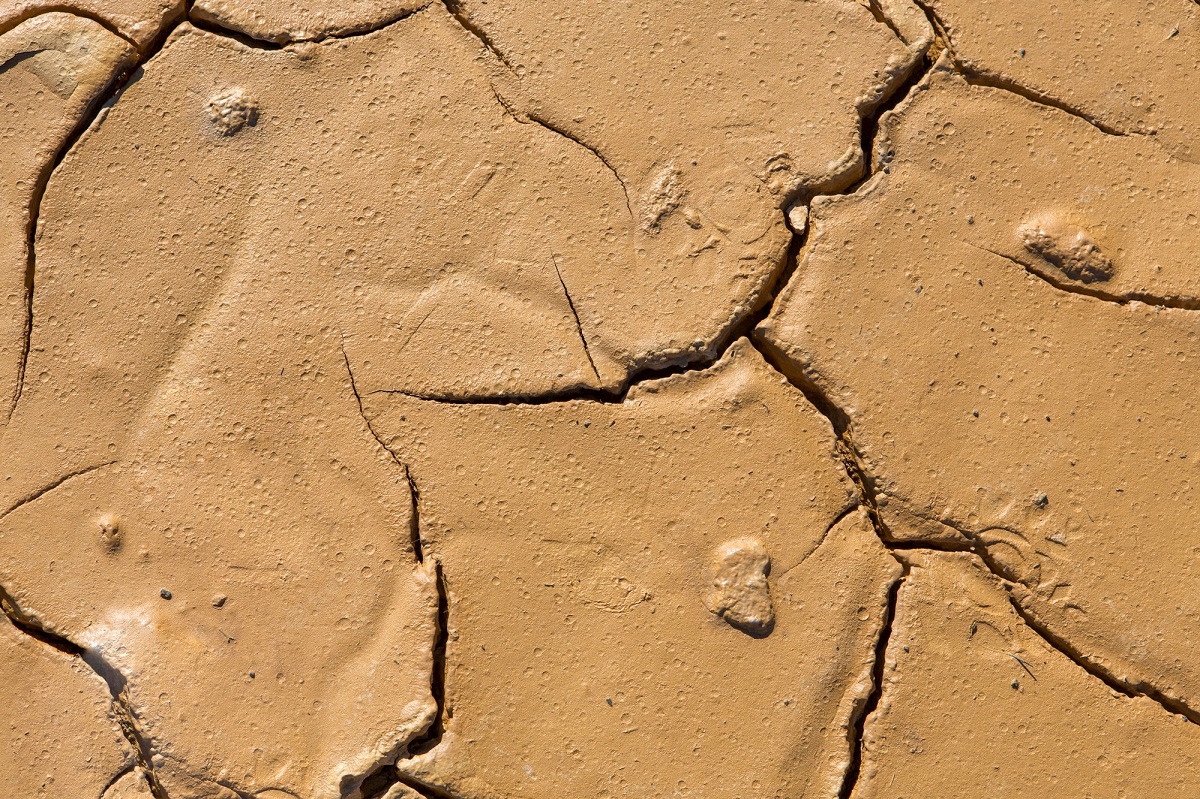
El clay floor It is one in which clay predominates over other particles of other sizes. Clay is a group of very small mineral particles, less than 0,001 mm. In diameter, they are ordered from small to large in size, unlike other larger particles such as silt and sand. Clay soils will also have some silt and sand, but clay will dominate, in different proportions depending on the soil in question.
In this article we are going to tell you everything you need to know about clay soil, its characteristics, cultivation and much more.
What is a clay soil

Clay soil is a soil whose composition consists mainly into particles less than 0,002 millimeters in diameter, called clay. When the dominance of clayey soils is very high, they are considered heavy soils due to their high density.
Because of this, clayey soils absorb and retain more water, resulting in poorly drained and poorly aerated soils. When it dries, clods are formed, which makes work difficult, especially in agriculture.
Clay is very important for soil fertility. They retain mineral salts by forming aggregates with humus (the colloidal part of decomposed organic matter) and are good at retaining water. The most characteristic clays are metaclays (swellable clays). These types of soils are found all over the world. Among the most cultivated species among them rice stands out. Others such as pineapple and rubber also have a good production.
Clay soil properties

Clay gives the soil low permeability, high water holding capacity, and nutrient storage capacity. This makes your fertility potential high. Secondly, they are poorly ventilated and have a low to moderate susceptibility to erosion.
The physicochemical properties of clay depend on its mineral composition, especially on the main type of clay. Thus, for example, the allophane it is beneficial for cation exchange capacity, porosity, moisture retention and structure. However, kaolinite has low cation exchange capacity, low element retention rate, and regular structure.
Texture
The key category of soil defined as clay is texture. This refers to the proportion of sand, silt, and clay in the soil. Each of these items is a granular category. If the clay particles represent 25% to 45% of the total particles in the soil, it can be considered sandy clay, coarse clay or silty clay. If the clay is more than 45% of the total composition, we have fine clay.
Porosity, permeability and breathability
To the extent that the clay content determines the texture and structure of a soil, it also affects its porosity. Due to their small diameter, the clay particles leave very small pores. This hinders the circulation of water and air in the soil matrix. These conditions create soil saturation, causing surface water to stagnate because infiltration does not occur.
If the soil pores are saturated with water, the rhizosphere is starved of oxygen (oxygen deprived). Under these conditions, most cultivated plants have difficulty developing.
In the presence of humus, clay shows a positive side. Clay-humus complexes are formed and the aggregates are relatively large. As a result, the pores are also larger, improving permeability and breathability.
Cation exchange capacity
If the clay and organic matter do not retain cations, they will be washed away by water towards the lower horizon (leaching), affecting soil fertility. The cation exchange capacity is due to the fact that both humus and clay in the soil have a negative charge.
Soil pH affects the cation exchange capacity. Depends on the type of clay in the soil. When kaolin and allophane are present, the negative charge changes with the pH. While when the ratio of expanded clay is 2:1, the charge is constant at any pH.
Effects on the microbiota of clayey soil
Soil microorganisms have established close adhering and separating relationships with clay particles. On this surface, ion exchange processes take place that are captured or released by microorganisms.
Due to its low permeability, clay is ideal for natural or artificial water reservoirs. Some aquifers are formed due to the presence of clay layers at certain depths.
Most clays belong to the group of phyllosilicates (layered silicates). There are different types depending on the amount of paper that makes up its structure. The most abundant are muscovite, kaolinite, biotite, chlorite, vermiculite, and montmorillonite. The other moderately abundant family of clays are quartz oxides. In less common cases we find feldspar, hematite, goethite, calcite, gypsum and halite. Cristobalite and amorphous material are found in clays of pyroclastic origin (volcanic ash).
Due to the colloidal nature of its particles, clay retains a large amount of minerals. Clay tends to retain iron (Fe) and to a lesser extent aluminum (Al). Since clay retains a lot of water, an oxidation process occurs. Hydrated iron oxides give these soils their yellow or red color.
Clay soil structure

Clay combines with organic matter and contributes to the stability of the soil structure. In most cases, it is the clay-humus complex that promotes the formation of soil aggregates. Conversely, sodium destabilizes the clay.
If the substrate is entirely clay, it has no structure and does not allow water to penetrate. This eventually leads to compaction and hardening. In seasonal tropical climates, soils containing swelling clays undergo dramatic structural changes depending on moisture conditions.
During the rainy season, the clay swells and the soil easily floods, becoming soft, sticky and malleable. During the dry season, the clay shrinks, exposing a hard, cracked soil.
Crops from these soils
The main factors to consider when working with clayey soils in agriculture are drainage and acidity. The best crop for clay soils is rice. Cotton, sugarcane, and sorghum can also be grown if managed properly.
Some acid-tolerant and undemanding crops, such as pineapple, rubber or African palm, can be grown on certain types of clay soils. Among the permanent crops, some fruit trees are adapted to clayey soils. Among the fruit trees of temperate climate are apple, pear, quince, hazelnut and walnut. Planted forests are also feasible.
I hope that with this information you can learn more about what a clayey soil is and its characteristics.